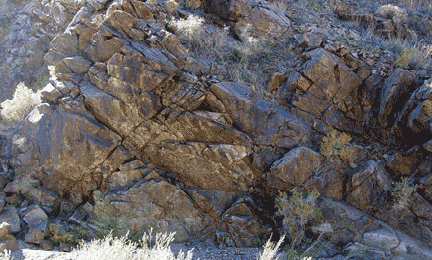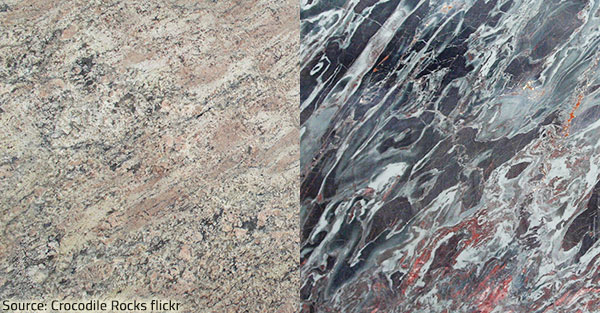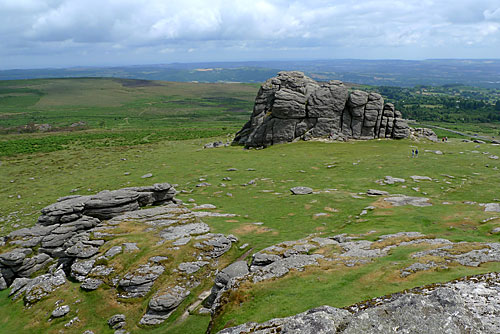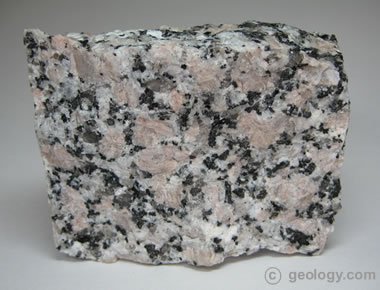What Types Of Weathering Affect Granite

Mechanical weathering is the physical breakdown of rocks into smaller and smaller pieces.
What types of weathering affect granite. Two of these are types of feldspar a group of silica compounds that constitute the most abundant mineral group on earth. Granite is an igneous rock that injects or intrudes as magma into earth s crust and then cools. What types of weather affect shale. Certain types of rock are very resistant to weathering.
Other types of rock such as limestone are easily weathered because they dissolve in weak acids rocks that resist weathering remain at the surface and form. Different rock types weather at different rates. Mechanical organic and chemical weathering. Chapter 6 weathering and soil 1.
Certain types of rock are very resistant to weathering. Mechanical or physical weathering. Weathering is the breakdown of rock by physical chemical or biological processes. The process of weathering typically begins when the earth s crust is uplifted by tectonic forces.
Weathering is a term which describes the general process by which rocks are broken down at the earth s surface into such things as sediments clays soils and substances that are dissolved in water. It consists of four main mineral compounds. Weathering processes are of three main types. Carbon dioxide from the respiration of animals and ourselves is one cause of increased carbon dioxide in the atmosphere.
Igneous rocks especially intrusive igneous rocks such as granite weather slowly because it is hard for water to penetrate them. What type of rock is affected by dissolving and features what result. What types of weathering affect limestone. Frost wedging dissolving and other.
Granite is extremely hard and less affected by the freeze thaw cycle the forces of abrasion and the surface exfoliation processes that are all a part of physical weathering. Other types of rock such as limestone are easily weathered because they dissolve in weak acids. As granite rises to the surface it expands and forms cracks parallel to the surface. Granite is extremely resistant and sandstone a little less so due to the percentage of quartz that each rock type contains.
Frost wedging clay formation and other. One of the most common mechanical actions is frost shattering. This causes the limestone to dissolve. Limestone areas are predominantly affected by chemical weathering when rainwater which contains a weak carbonic acid reacts with limestone.


















